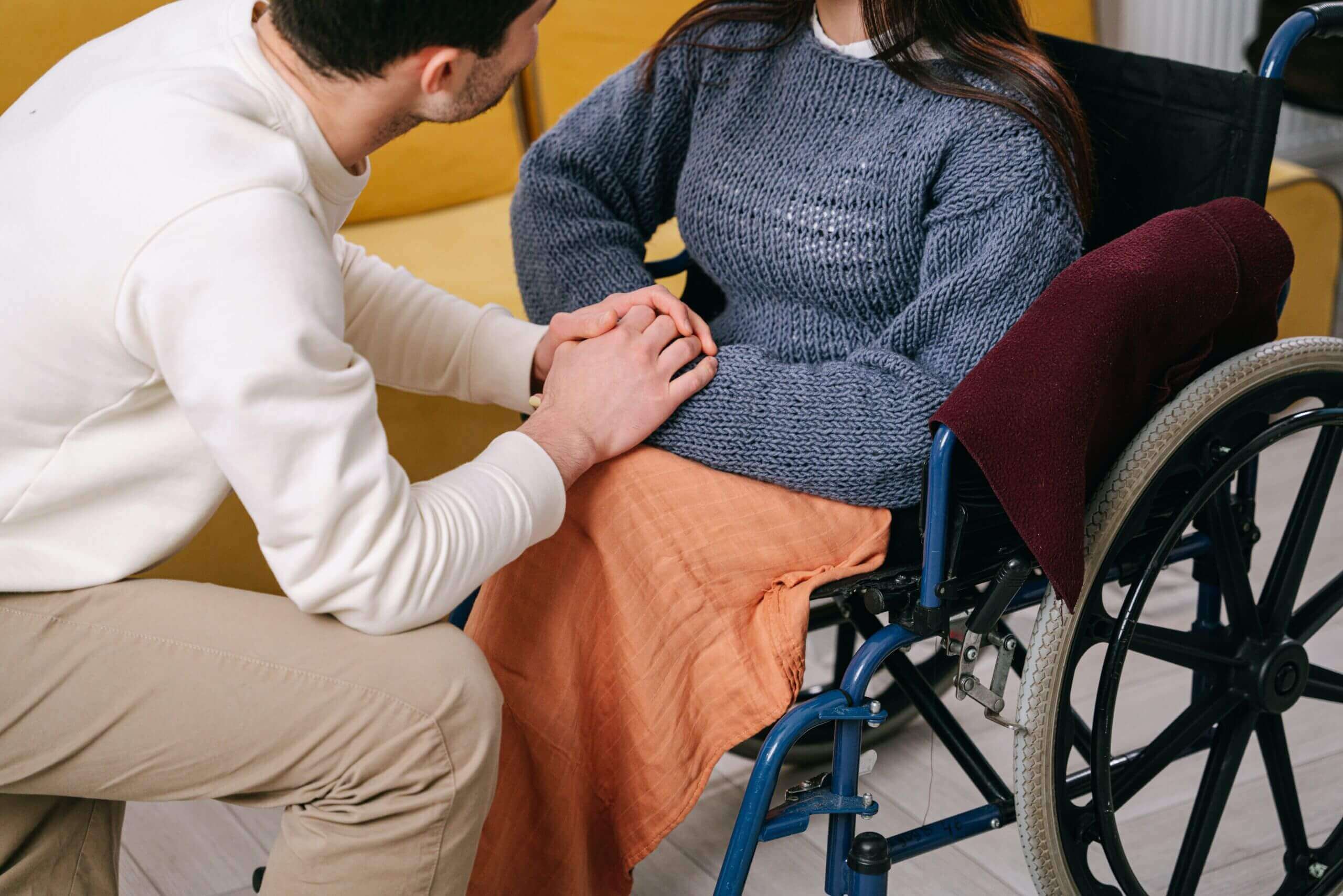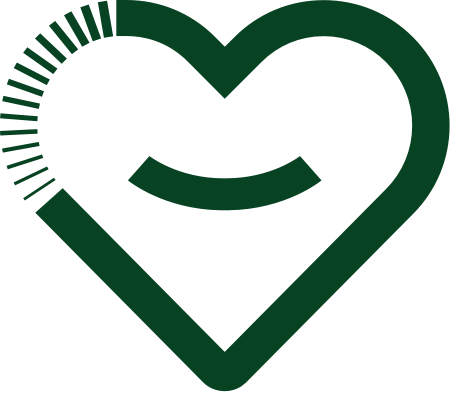Diagnosing and Managing Cerebral Palsy
Disability supports and services for those with Cerebral Palsy
This page provides information on cerebral palsy. It is aimed at parents and carers of children who have or may have cerebral palsy, but is also useful for adults with cerebral palsy.
Jump to:

What is cerebral palsy?
Cerebral palsy is not an intellectual disability and does not necessarily affect a person’s brain in other ways. However, some people with cerebral palsy might have other disabilities or conditions as a result, such as epilepsy or difficulties learning, seeing, hearing, speaking and growing.
Cerebral palsy can range from mild to severe disability, but does not get worse over time. People with cerebral palsy can live healthy and fulfilling lives. Cerebral palsy does not significantly reduce life expectancy, but it can have other effects on a person’s long-term health.
Signs and diagnosis
Signs of cerebral palsy usually show in the first two years of a child’s life. You may notice the following:
- stiffness, floppiness or unusual posture
- jerkiness or involuntary movements
- muscle weakness
- poor coordination and balance
- only using one side to reach for things
- problems swallowing, sucking or eating
- not walking by 12 to 18 months
- not speaking by 24 months
If you have concerns about your child’s development, contact your general practitioner.
To diagnose cerebral palsy, the doctor will assess the above signs and may refer you to a paediatrician. To rule out other causes, some tests might be needed like brain imaging, blood tests and electrocardiogram (EEG) to look at your child’s brain activity.
If doctors diagnose cerebral palsy, they will work with you to identify which of the four types your child has, and what assistance they might need, including in-home support services.
Managing the effects of cerebral palsy
The effects of cerebral palsy are unique to each person, and depend on a range of factors like the type of cerebral palsy, access to early diagnoses and supports, and complicating health conditions. In addition to its effect on the muscles, cerebral palsy can have other impacts like respiratory and digestive issues, bone abnormalities and learning difficulties.
While there is no cure for cerebral palsy, its impacts can be well-managed with early intervention, and continuing to receive appropriate supports as an adult. These are included in home care packages and may entail:
- physical and occupational therapy to improve mobility and muscle control
- braces or surgeries to improve muscle imbalances
- speech pathology if the facial muscles are affected — this can help with speech as well as eating and drinking
- hearing, visual, communication and mobility aids
- personal care supports, like assistance with shopping and self-care routines
- transport supports
- pain management
- dietetics and therapies to help with bladder and bowel control
- mental health support
- employment or schooling adjustments to overcome disabling environments
Supports and services
Supports for adults with cerebral palsy
If you have cerebral palsy, you may already be receiving supports from the NDIS, or have received supports from the government in the past.
If you’re not yet a participant in the NDIS, see our NDIS Pathway map to get started.
If you’re looking for disability supports that meet your needs, contact us today.
Supports for children with cerebral palsy
Support is available for people with cerebral palsy, their families and carers. Accessing supports and therapies early in a child’s life is critical to long-term functional ability and can be explained by your NDIS service provider.
The supports and services your child needs will be unique to them and the impact of their disability. It is a good idea to find a general practitioner (GP) you can see regularly and who can work with you and your chosen disability support provider to support your child’s long-term health and development.
If your child has already been diagnosed with cerebral palsy, you can apply for them to access the National Disability Insurance Scheme (NDIS). Find out who to contact about the NDIS where you live.
If your child under seven hasn’t been diagnosed with cerebral palsy yet but is showing signs of developmental delay, contact your local NDIS Early Childhood Early Intervention (ECEI) provider. They will put you in touch with supports and services, and support you through the NDIS application process if appropriate. Learn more about how ECEI works.
Cerebral palsy can be a learning curve for family, parents and carers too. It is important you get the support you need to continue caring for your loved one with cerebral palsy. Carer supports are available through government-funded carer support programs, the NDIS, the government’s Carer Gateway support network, and the following organisations:
- Cerebral Palsy Alliance
- Cerebral Palsy Support Network
- Reimagine Australia — formerly known as the Early Intervention Support Line
- Parent Helplines and Hotlines
Cerebral palsy and Claro
At Claro, we provide disability and allied health services across the country.
While we continue to grow our team and the services we can offer across Australia, we currently offer supports to clients over 18 years old. Get in touch today to find out what services we offer near you.
We partner with Plena Healthcare to provide allied health services that are a crucial component of long-term care for people with cerebral palsy. These include nursing, occupational and physiotherapy, speech pathology, dietetics, podiatry and behavioural supports.
Fill out our enquiry form and we’ll tailor the right package for you.
Resources
- Cerebral Palsy Alliance
- Cerebral Palsy, Better Health Channel Victoria
- Cerebral Palsy, Health Direct
- Cerebral Palsy, Brain Foundation Australia
- Cerebral Palsy, Johns Hopkins Medicine
- Systematic Review of Interventions for Preventing and Treating Children with Cerebral Palsy (2020), Current Neurology and Neuroscience Reports 20, Article 3
- Cerebral Palsy Support Network
- Cerebral Palsy, Sydney Children’s Hospitals Network
- Supports funded by the NDIS
- NDIS for children under 7
- Get support for your child with the NDIS



